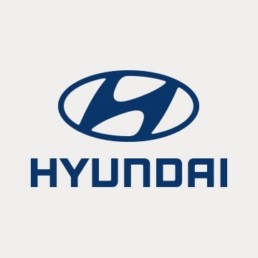Hyundai’s ix35 Fuel Cell was the world’s first series-produced, commercially available hydrogen-powered fuel cell car. Now in its fourth generation, it has greater performance but still only emits water.
The fourth-generation Fuel Cell Electric Vehicle (FCEV) from Hyundai is powered by hydrogen fuel and driven by an electric motor, resulting in zero harmful tailpipe emissions and quiet operation. A single tank of hydrogen gives a range of almost 600 kilometers, and refuelling takes just a few minutes, according to Hyundai. In January 2013, the Hyundai ix35 Fuel Cell became the first fuel cell car in the world to enter series production, and since then cars have been sold in 15 countries worldwide.
Why you should care
The ix35 Fuel Cell demonstrates how hydrogen-powered FCEVs offer an effective solution that can help deliver sustainable mobility, as hydrogen refuelling infrastructure grows and production volume increases. When produced directly from renewable sources, hydrogen can be 100% clean. The only tailpipe emissions are water vapor.
How the Global Goals are addressed
![]() Good health and well-being
Good health and well-being
Hydrogen powered vehicles have zero harmful tailpipe emissions, leading to less air pollution, leading to reduced respiratory health risks, especially in congested cities.
![]() Climate Action
Climate Action
Even when the hydrogen fuel comes from natural gas – one of the dirtiest production methods – FCEVs can cut greenhouse gas emissions by over 30 percent when compared with their gasoline-powered counterparts.
About Hyundai
Hyundai is a South Korean automobile manufacturer, which has designed and produced cars since 1967.

Hyundai
View profile

